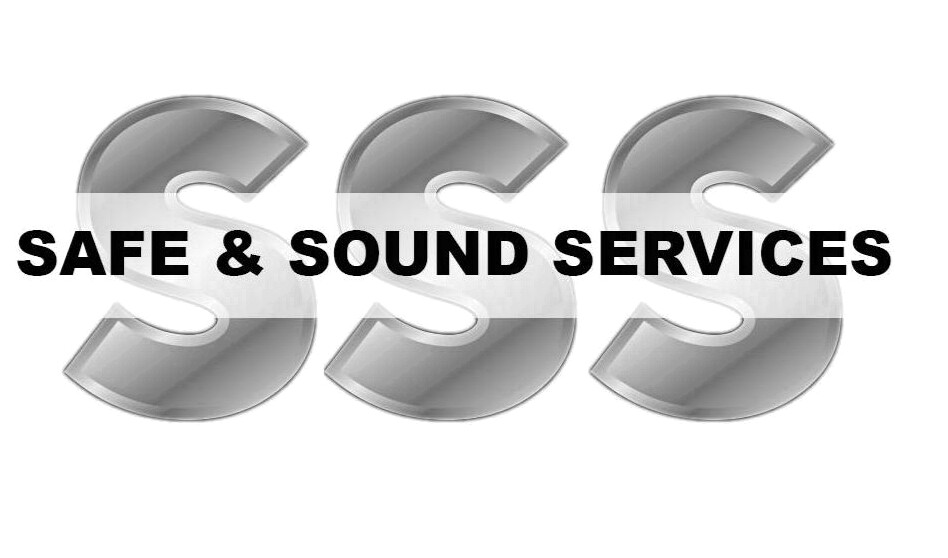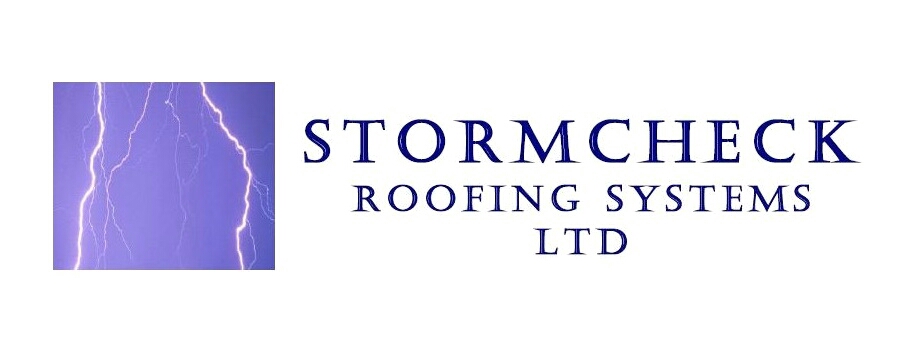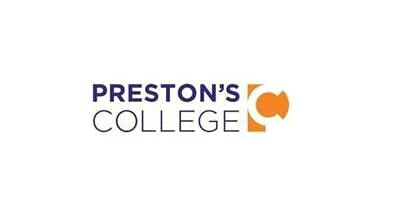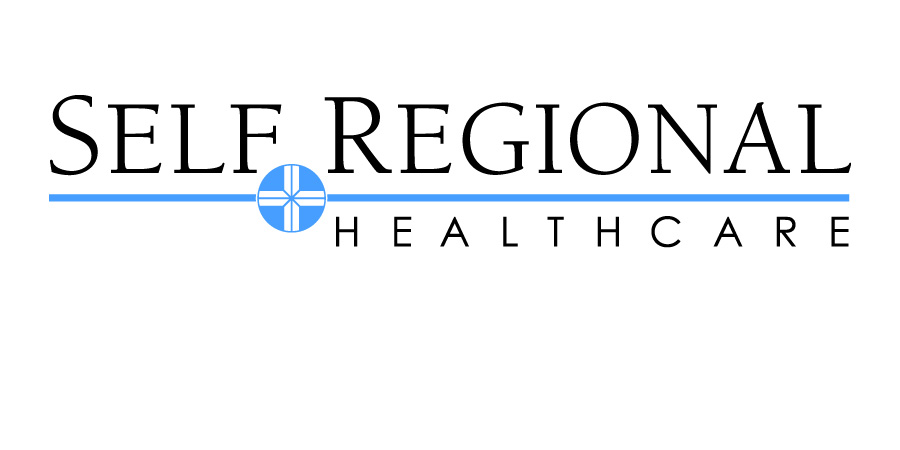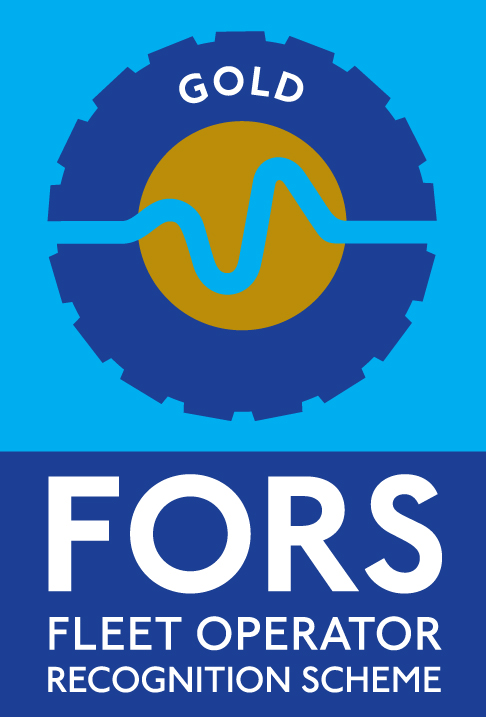Information
-
Company name:
-
Company address:
-
Telephone number:
-
Main contact (name and position):
-
Contacts email address:
-
Business/Sector area:
-
Assessment conducted on:
-
Assessment completed by:
-
Additional information:
Pre-appraisal information
-
It is imperative that the information below is received before any placement or work based training takes place.
If information relating to insurance and/or adequate supervision is not received, students must not be placed with the employer.
All learners (work experience, work based, and apprentices) are classed as employees for insurance purposes.
Employers liability insurance is required by all companies and details of cover must be entered below before proceeding.
The only exclusions to the legal requirement to hold employers liability insurance is as follows:
The employer and the student are close family members
The employer holds crown immunity - police, fire, NHS etc
Public liability insurance is not a legal requirement but good practice. -
Insurance cover is in place, details of which are shown below:
-
Enter details of insurance below, include Insurers name, policy number and expiry date:
-
The policy covers the following:
- Employers liability
- Public liability
-
Are learners provided with adequate competent supervision?
-
Enter the name, position and contact details for the person with primary responsibility for the learners:
Main appraisal information
SECTION 1 - HEALTH & SAFETY POLICY AND SAFEGUARDING
-
It is a legal requirement for all companies with 5 or more employees to have a written Health & Safety policy. The policy must contain a statement of intent, organisation and arrangements and should be reviewed on a regular basis.
A blank sample policy is available from the Health & Safety Executive (HSE) website www.hse.gov.uk
For companies with less than 5 employees, a written policy is not a legal requirement but the company is still required to show a commitment to ensuring the health, safety and welfare of its staff. Having a written policy is good practice. -
Does the company display a commitment to health and safety and where necessary, have a written health and safety policy?
-
How does the company communicate its commitment to health & safety to its employee?
-
Safeguarding
The College considers the safeguarding of all of its learners with the upmost importance and has procedures in place to ensure that the health, safety and welfare of all of its staff and students is maintained. The College has procedures in place to ensure that any allegations are investigated in a correct and timely manner. This could include assistance from external agencies where necessary. -
Does the employer understand this safeguarding statement and agree to assist the College in its goal of safeguarding all learners from harm?<br>
SECTION 2 - RISK ASSESSMENT
-
It is a legal requirement that all work activities should be assessed and the risk of harm reduced to the lowest possible level.
For companies with 5 or more employees, written risk assessments must be completed. These risk assessments should show all hazards which present a significant risk.
For employers with less than 5 staff, there is a requirement to assess risk levels but these do not need to be written down. However, it is good practice to record significant findings.
Risk assessments should be reviewed on a regular basis and take into account: young persons, visitors, vulnerable persons and any other person who may be affected by the company activities.
A number of example risk assessments can be found on the HSE website.
Useful definitions:
Hazard - something with the potential to cause harm
Risk - the likelihood of harm occuring
Control measure - an action put in place to reduce the level of risk -
Does the employer assess the risks associated with their work activities?
-
Are significant risks identified, communicated to all employees and where necessary the findings recorded?
-
Provide some examples of the hazards that have been identified and the control measures that are in place to reduce risk levels.
SECTION 3 - ACCIDENTS, INCIDENTS & FIRST AID
-
Accidents
All employers must have procedures in place to deal with accidents that occur in the workplace. This includes a system for recording and investigating accidents, incidents and near misses that occur.
Records must be stored securely for data protection purposes.
Certain injuries and dangerous occurences may need to be reported to the HSE, under the Reporting of Injuries, Diseases and Dangerous Occurences Regulations (RIDDOR). Full details of what to report and how to make the report are available on the HSE website. -
The employer has a system in place for recording accidents and incidents?
-
The employer understands that some incidents may need reporting to the HSE and is either aware of the requirements of RIDDOR or is aware of where to find guidance?
-
First Aid
All employers are required to assess first aid needs for their business and provide first aid facilities as necessary.
As a minimum, all employers must provide:
A suitably stocked first aid box
An appointed person to take charge of first aid arrangements
Information to all staff giving details of first aid arrangements -
The employer has access to a suitably stocked first aid box?
-
The person with responsibility for first aid is:
SECTION 4 - INFORMATION, INSTRUCTION & TRAINING
-
Are new employees provided with an induction, which includes information and instruction on how to stay safe whilst at work?
-
Is ongoing H&S training and capability assessed?
-
Which of the following are used to provide employees with information?
- staff handbook
- toolbox talks
- site inductions
- one to one discussions
- leaflets from external sources
- other
SECTION 5 - WORK EQUIPMENT, PLANT & MACHINERY
-
Work equipment safety
Employers are required to have systems in place to check the safety of all equipment. The frequency and type of checks should be based upon risk level.
Portable Appliance Testing is an excellent way to identify faults with electrical equipment, but regular visual inspections should be used to identify damage to plugs, cables and/or casings. -
Which of the following methods are used by the employer to check the safety of their equipment?:
- Regular P.A.T. testing
- Regular visual inspections
- Scheduled maintenance operations
- Insurance company checks
- Other
-
If you have clicked 'other' to the question above, please list the methods used in the space below:
-
Where required, are guards fitted, emergency stop/cut off switches available and extraction systems in place?
-
Are employees provided with appropriate training in the correct use of equipment?
SECTION 6 - PERSONAL PROTECTIVE EQUIPMENT (PPE)
-
Personal Protective Equipment (PPE)
Employers must assess the risks to their employees and others affected by their activities. Risk levels should be reduced to the most practicable level.
While the hierarchy of control explains that PPE should be one of the last considerations, it is sometimes the easiest control to implement.
Where the use of PPE is identified as a requirement, the employer has a duty to provide suitable items to its employees on a free of charge basis -
Where PPE is required, is it provided free of charge and are systems in place to check and replace as necessary?
-
Are staff trained in the correct method of use for PPE items?
-
List any items of PPE that may be required to be used by the student, here:
SECTION 7 - FIRE & EMERGENCIES
-
Fire and emergencies.
Employers are required to have systems in place to deal with emergency situations. This includes having fire risk assessments in place for their premises and to cover their activities.
The questions in this section help to identify measures that are in place to deal with any emergencies that occur. -
Is there a means of raising the alarm when required?
-
Are there appropriate means of fire fighting in place?
-
Is there an evacuation plan and an assembly point identified?
-
If there is a lack of evidence to support the questions above, ask the employer " what would you do in the event of a fire or other emergency?". Record comments here:
SECTION 8 - WORKING ENVIRONMENT
-
The working environment.
The environments that you will encounter will differ depending upon the employer, the business sector and could even differ dependant upon the time of day/month/year that you visit.
Answering the questions in this section may require you to apply a level of personal judgement -
Is the work area an appropriate and healthy one? (adequate temperatures, lighting, cleanliness, ventilation, space etc)?
-
Are welfare facilities available? (including access to toilets, washing facilities and areas for changing, resting and eating)?
SECTION 9 - GENERAL SAFETY MANAGEMENT
-
Does the employer have access to competent Health & Safety advice?
-
If 'yes' enter details of the competent person here:
-
If 'no', is the employer aware of information sources such as the HSE website, help from local authorities and/or trade bodies?
-
Does the employer display relevant notices and safety signs<br>in the workplace?
Confirmation of appraisal
-
Confirmation of appraisal completion.
-
Signed on behalf of the College
-
Company confirmation - I understand and agree that this completed form reflects the Health & Safety arrangements that are in place within my company/organisation.






